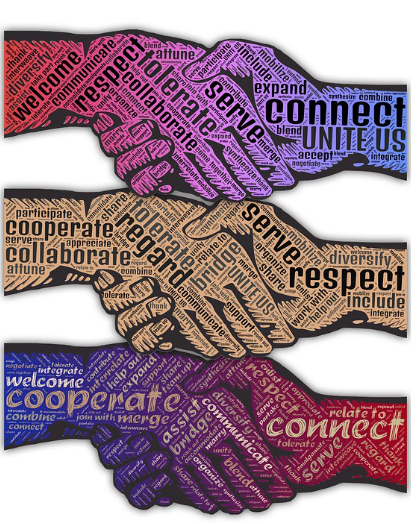The concept of improving supplier collaboration to improve those relationships isn’t a complex mystery, although achieving this common industry objective may seem to be at times. After a certain amount of collaboration fails, CPOs might finally ask: Is it as simple as upgrading AP departments and end-to-end P2P processes with automated digital solutions in the cloud?
Well, this is definitely a main aspect of the overall solution; specifically, what’s improved by digitizing P2P processes in the cloud is the collaboration between internal departments and between buyers and suppliers. This doesn’t always involve communication/collaboration in the traditional sense, rather, with transaction interactions that are streamlined and accounted for with optimized accessibility and visibility into electronic P2P processes.
Different Levels of Technological Upgrades
Streamlining procurement processes for B2B transactions has been neglected compared to other business system upgrades (ERP, CRM, WMS, etc.). Factors for this are valid, considering the rapid pace of innovation with online technologies and the segmented priorities with enterprise system functionality, yet this postponed upgrade is beginning to cause some major pain-points for buyers and suppliers.
An article found on Spend Matters called: “Supplier Networks and P2P: The Benefits of Direct Connectivity for Suppliers”, written on January 19th, 2017 by Xavier Olivera, explains more:
“Being well connected is not something that buying organizations and suppliers should consider lightly. Connectivity can become a significant competitive advantage (or disadvantage), especially given the increasing digital world that procurement and accounts payable must operate in.”
Operating in a digital world with analog processes is becoming a hindrance for collaboration, as buyers and suppliers are in different stages of technological growth, especially, concerning P2P solutions. Buyers have the responsibility to overcome these hindrances by upgrading their procurement processes, as suppliers must work within the invoicing system buyers have. Of course, many times buyers are also suppliers and suppliers are also buyers, which means the responsibility is really on both.
Improving Internal and External Collaboration
Both internal and external collaboration needs to be improved when it comes to managing and executing P2P processes. The keys to achieving this are improving visibility and accessibility for both internal departments and suppliers.
An article found on Kinaxis called: “3 Challenges to Supply Chain Collaboration”, written by Bill DuBois, explains:
“The best solutions to supply chain challenges aren’t created in isolation. Successfully streamlining any supply chain requires cooperation and collaboration among all partners, whether they’re located in the building, across the country or around the world. The speed at which organizations can connect internally with other business units and externally with select manufactures, suppliers and customers is critical to supply chain success.”
Essentially, by improving supplier collaboration with internal departments for invoice requisitions and externally with suppliers for invoicing and reconciliations, buyers will optimize their supplier relationships. Here are some specific ways that digitizing the P2P process in the cloud accomplishes this:
- Supplier portal gives partners real-time visibility with invoices; they can track, manage, and message buyers through a centralized online interface. Most questions and issues with invoices can be resolved by suppliers themselves through this portal; other questions can be resolved through a secure messaging system within the portal.
- Centralized P2P solutions unify internal departments and partners; reporting, approvals, requisitions, and reconciliations can be managed from a central dashboard interface accessible within the cloud.
- Unified data within reporting tools gives buyers and suppliers a comprehensive view of P2P processes for effective strategic planning.
- Value-added features, such as onboarding suppliers with a cloud-based P2P solution, early payment discounts, and streamlined inventory and order controls, give buyers and suppliers more ways to optimize their relationship.
Conclusion
Inefficient supplier collaboration between everyone involved in P2P processes is hindering buyers from optimizing relationships. When internal departments and suppliers are on the same level with P2P processes (after adopting unified cloud P2P automation solutions with mobile capabilities), buyers and suppliers will have the tools needed to efficiently collaborate and optimize their business relationships.
ISS Group understands how important collaboration is with P2P processes; optimizing supplier relationships by improving collaboration is key for streamlined efficiency. With our comprehensive cloud-based P2P solutions, buyers can digitize this vital process and optimize their supplier relationships. If interested in learning more please contact us today.




